The Mattmark disaster: a dramatic page in Swiss history
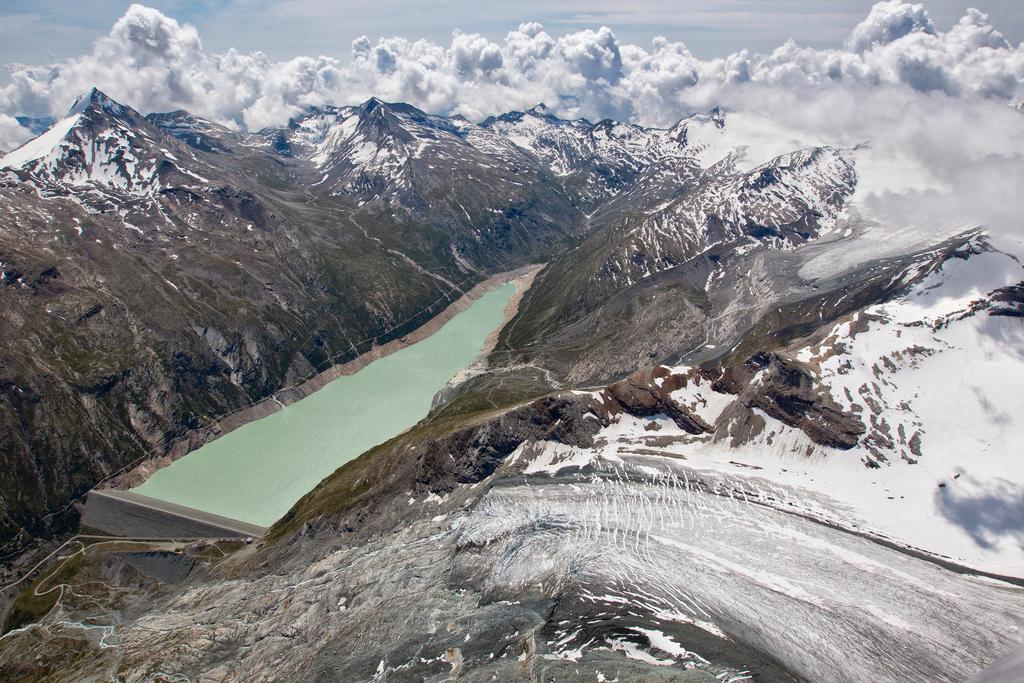
On August 30, 1965, two million cubic metres of ice and debris broke off the Allalin glacier in canton Valais, engulfing the Mattmark dam construction site. Eighty-eight people lost their lives. Many questions remain unanswered about the worst disaster in recent Swiss history.
“You can go on living after being through that kind of disaster, but you’ll never be able to forget it,” says Martin Anthamatten, mayor of Saas-Almagell, the Valais community that includes Mattmark. He is sitting in a café just beside today’s dam, which has a magnificent view of the lake and the valley.
Not only the families of the victims, but anyone who witnessed the event is still haunted by the memories. Anthamatten was only six at the time, but 50 years later “I still hear the sirens of the ambulances inside my head”, he says.
Local councillor Stefan Andenmatten was 17 and had been right there less than an hour before the disaster took place. He was a secondary school student and during the summer holidays he had work looking after a herd of sheep.
“I had gone up to herd them in and had walked across the whole area under the glacier to get them over to the far side,” he said, pointing to the path.
“Afterwards I intended to stop at the site canteen to spend some time with the workmen. But thanks to a good friend, Martin [Anthamatten]’s father, who insisted on driving me down, I went down into the village instead. I was incredibly lucky. But the shock that I and everybody here got was terrible.”
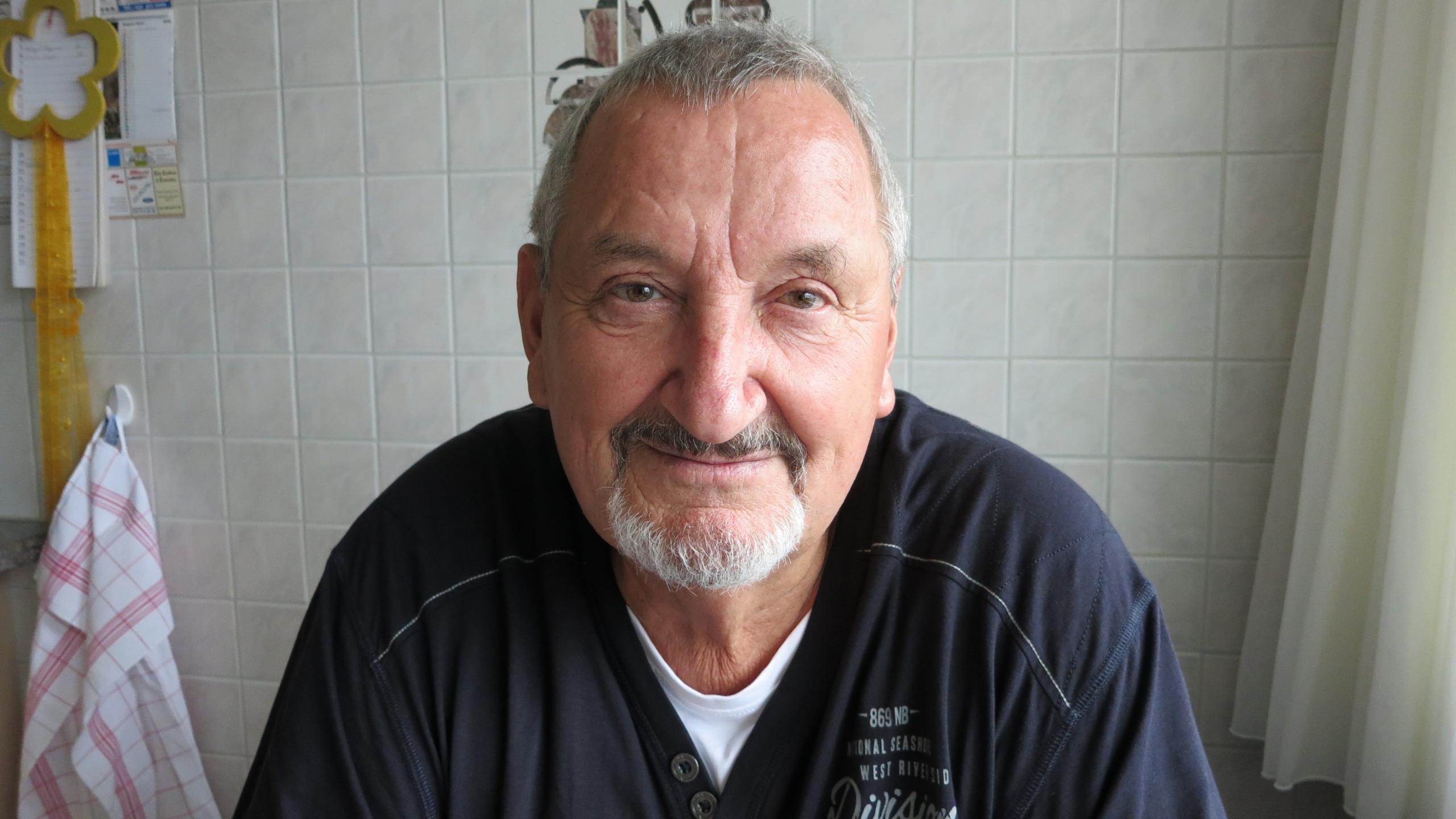
Vivid memory
Ilario Bagnariol was a bulldozer operator at Mattmark. He had been working on the site since 1963. He talked to swissinfo.ch at his house in Ins, canton Bern, where he has lived since his marriage in 1971. Originally from Fiume Veneto, in the northern Italian province of Friuli, he was 23 when he saw the large construction site obliterated by the crashing ice in under a minute.
The avalanche missed him by just a few metres. It was only when he saw a lorry that had been swept away that he realised the force of its fall. Fifty years later, he can recall the whole scene in the tiniest detail. It is so vivid in his memory that, when he describes it, it feels like watching a film.
For Bagnariol the worst was yet to come. He was one of those who dug through ice and debris to find the mangled bodies of workmates.
“At the site we were like one big family. We were very united – Italians, Swiss, Turks and a lot of other nationalities, without distinction,” he recalled. The strong bonds made seeing the bodies of men he knew even more painful. “As long as I live, I will carry it around with me,” he said.

More
Mattmark witnesses under shock
Today, apart from the people who live around Saas and the families of people who worked on the Mattmark dam, there are not many who remember seeing the pictures of the disaster, but at the time they made headlines around the world.
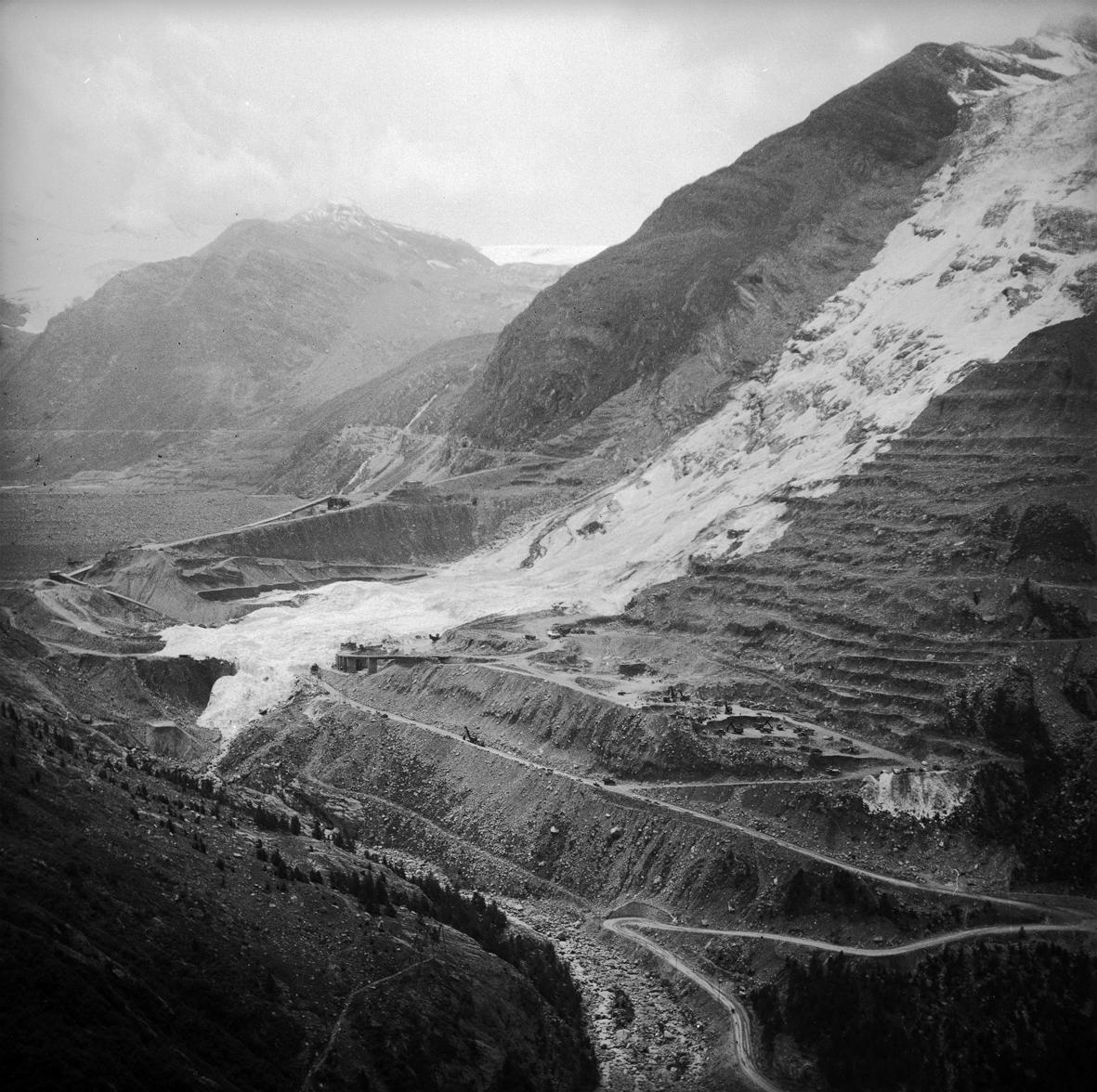
More
Remembering Mattmark
Two countries were plunged into mourning: Switzerland, the location of the tragedy, which lost 23 of its citizens, and Italy with 56 of its nationals among the victims. There were also four Spaniards, two Austrians, two Germans and a stateless person among the dead.
Acquittals
United in mourning and public solidarity in the days following the accident, Switzerland and Italy were divided when it came to deciding whether the catastrophe was unforeseeable or avoidable – and whether there were any guilty parties to punish.
The offices, workshops and canteens of the site and the dormitories for the workers had been built in the path of the hanging glacier. Had this not been an unacceptable risk? Why had the Swiss authorities approved it? Had the companies monitored the state of the glacier as they were supposed to? And what caused the collapse? Was it weather conditions or the diggings in the moraine debris around the glacier?
There were many unanswered questions. After a seven-year investigation, the case came to trial in 1972. There were 17 accused; all were acquitted. The decision was unsuccessfully appealed to the cantonal court of Valais in the same year.

What’s more, half the legal costs were assigned to the plaintiffs – the families of the victims. This made Switzerland look particularly callous to the outside world, especially Italy.
While the Italian press expressed great indignation, the Swiss press was “more discreet, usually just reprinting a newswire” from the Swiss press agency, wrote Valais historian Carlo Capozzi in his master’s thesis published in 2014. The legal bill was finally paid by the Italian government.
Human cost of energy
Capozzi shows how the Mattmark disaster shone a light on Swiss immigration policy, the conditions in which foreign workers lived and the growth of anti-immigrant feeling in the 1960s.
After the event, “the people at last realised that electricity produced at Alpine dams (…) has a price and that this can sometimes be high,” he wrote.
For the 50th anniversary of the Mattmark disaster, an interdisciplinary group of researchers at the University of Geneva is carrying out an in-depth analysis of the archive sources concerning the event. They have two objectives: “first of all, to clarify the role that the catastrophe had in the making of modern Switzerland and its welfare state, and then to reestablish the memory of the facts, going beyond the simple chronicling of events”.
The main publication so far has been a book by Toni Ricciardi, Sandro Cattacin and Rémi Baudouï, just out in Switzerland. Toni Ricciardi published a book on the subject for the Italian public earlier this year.
Built to produce hydroelectric power, Mattmark is the biggest dam made of soil and rock in Europe. Most of this material was extracted from the moraine debris to the south of the Allalin glacier.
The highest point of the dam is at 2,200 metres above sea level. The reservoir can hold 100 million cubic metres of water. The operating company, Kraftwerke Mattmark AG, produces 649 million kilowatt hours of energy on average a year and meets the needs of more than 150,000 households.
Construction work for the dam began in May 1960. Completion was planned for 1966. Due to the disaster of August 30, 1965, work was not finished until 1967. The reservoir was finally filled in 1969.
Translated from Italian by Terence MacNamee

In compliance with the JTI standards
More: SWI swissinfo.ch certified by the Journalism Trust Initiative




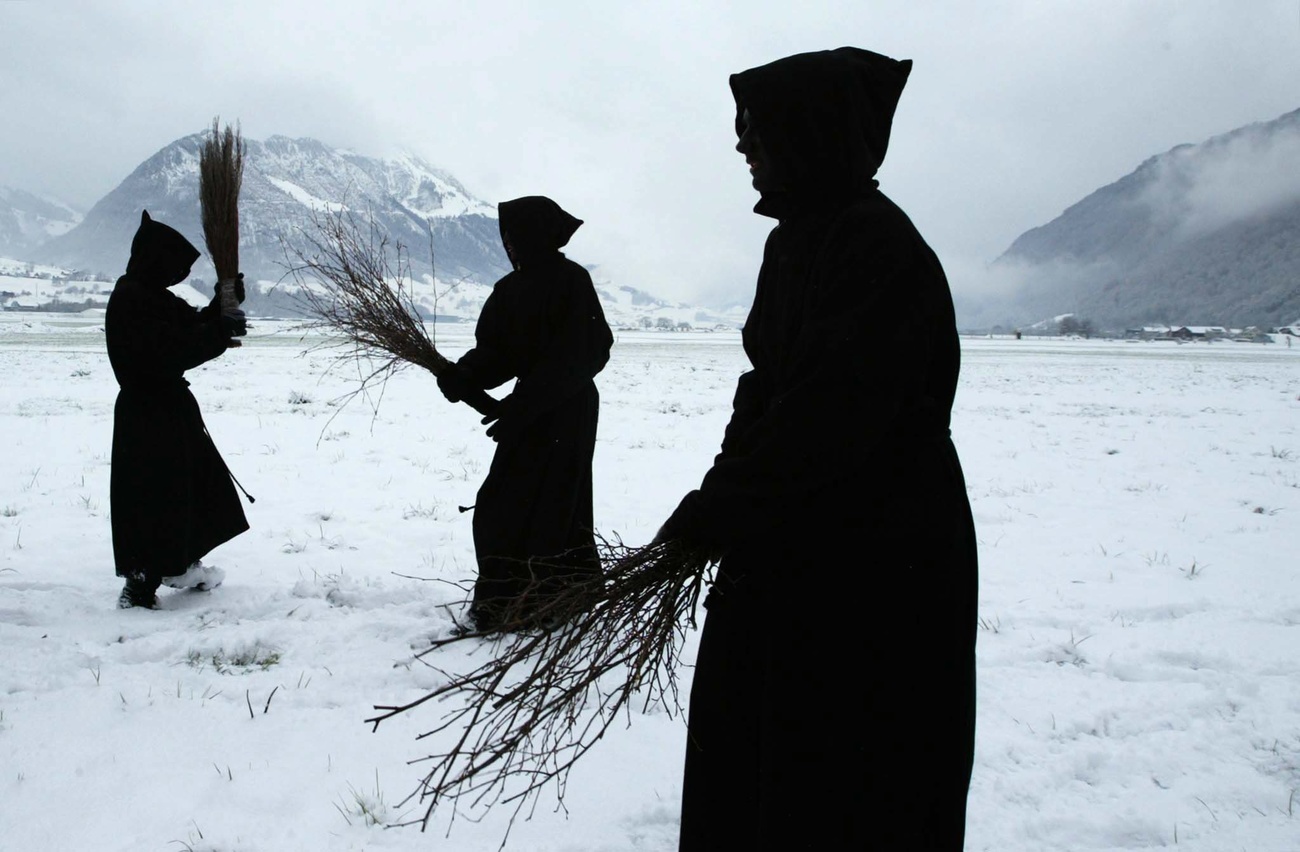




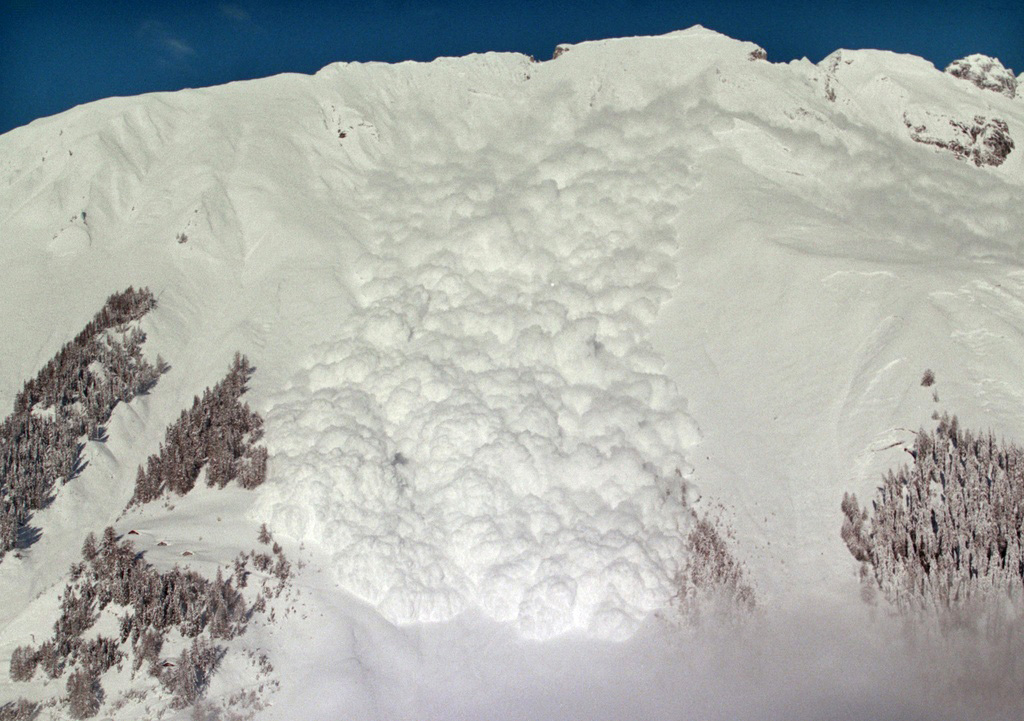
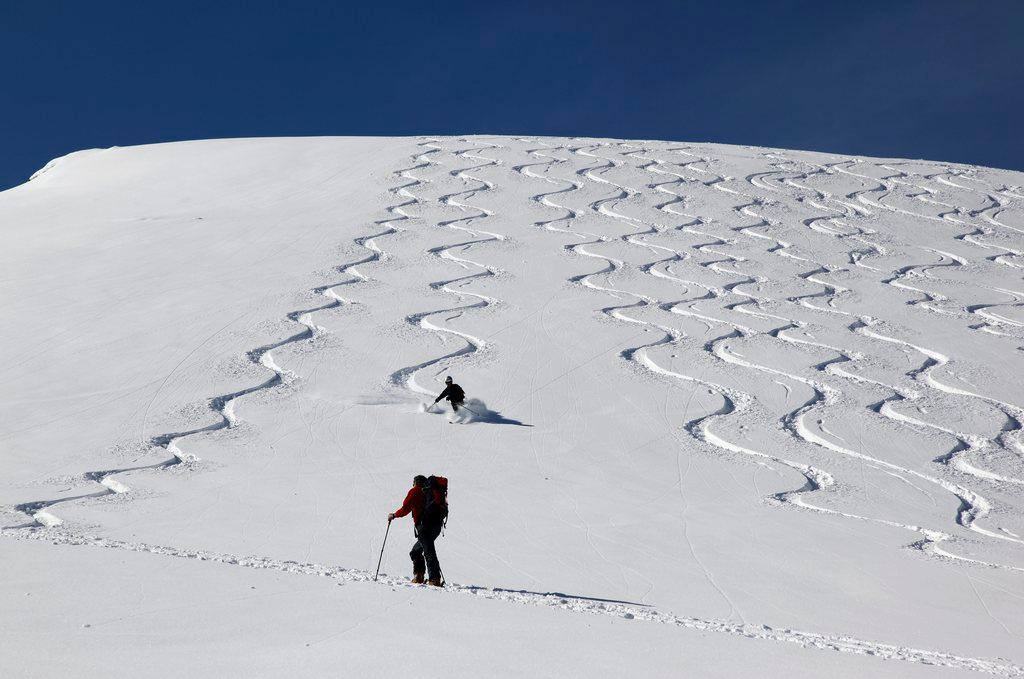

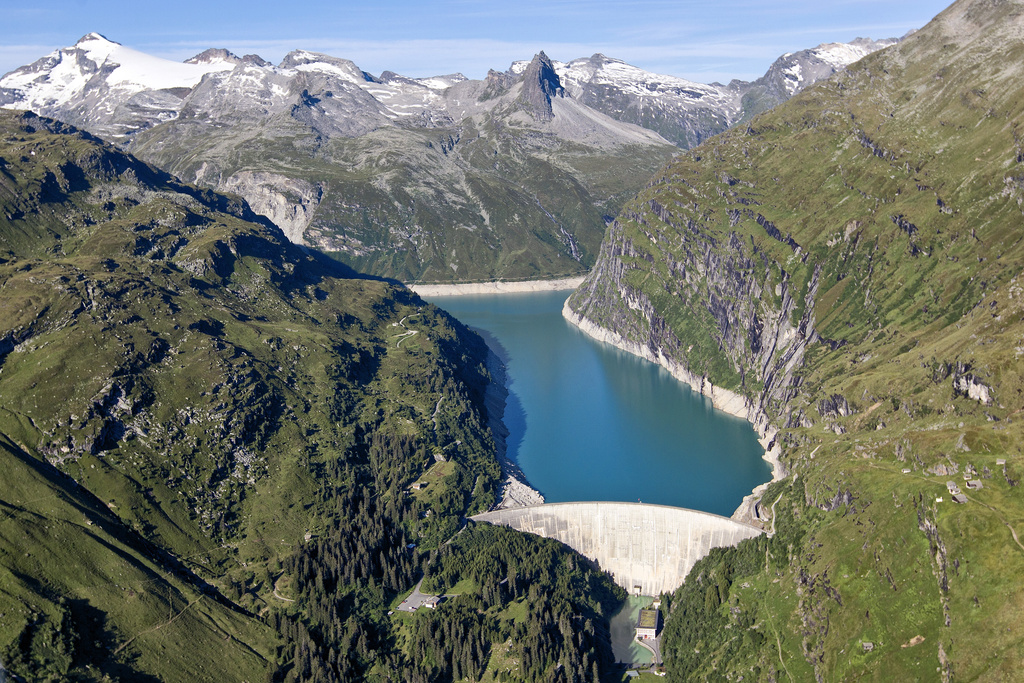
You can find an overview of ongoing debates with our journalists here . Please join us!
If you want to start a conversation about a topic raised in this article or want to report factual errors, email us at english@swissinfo.ch.